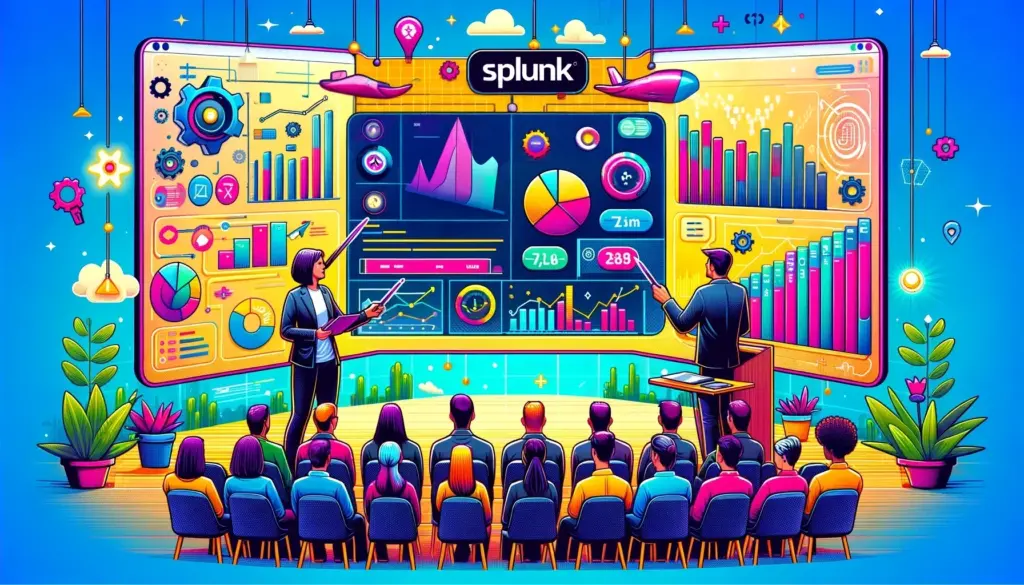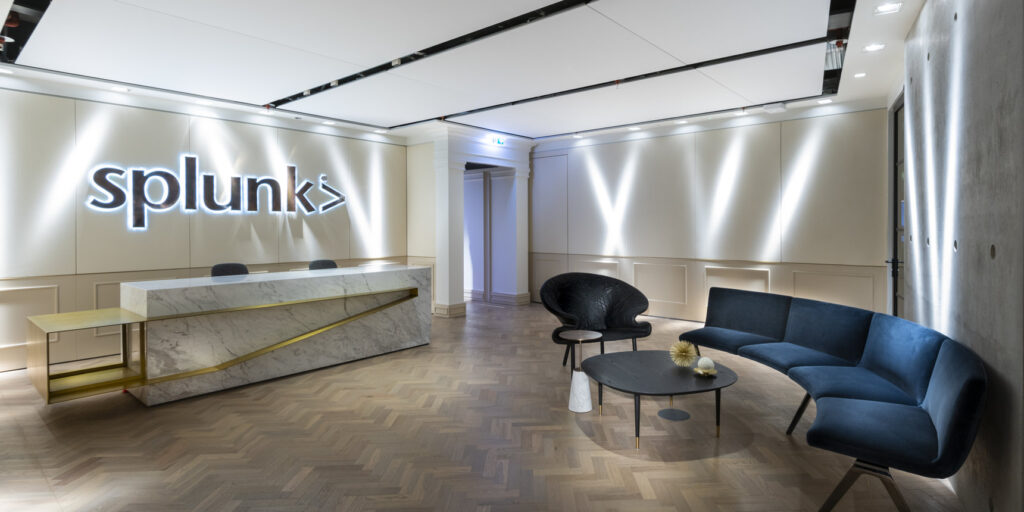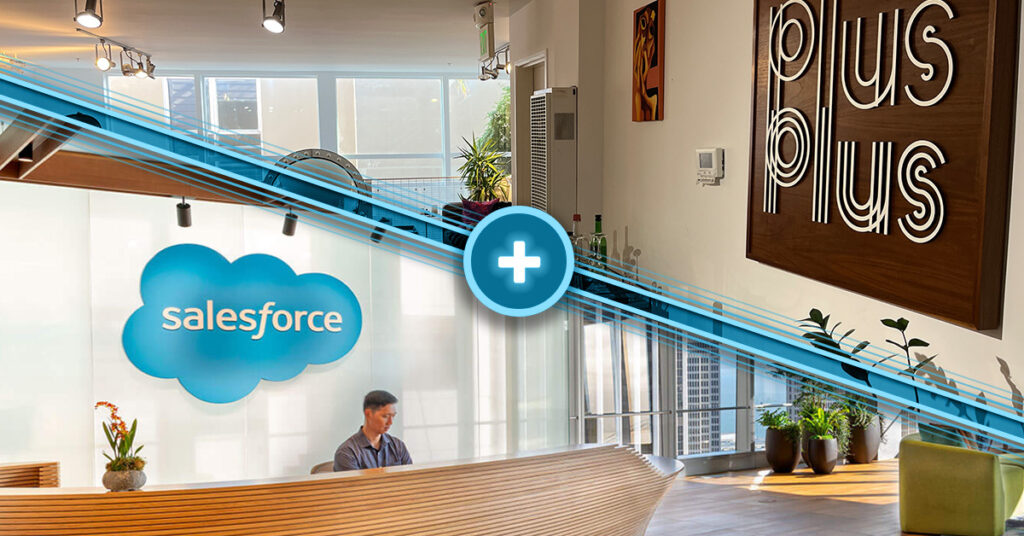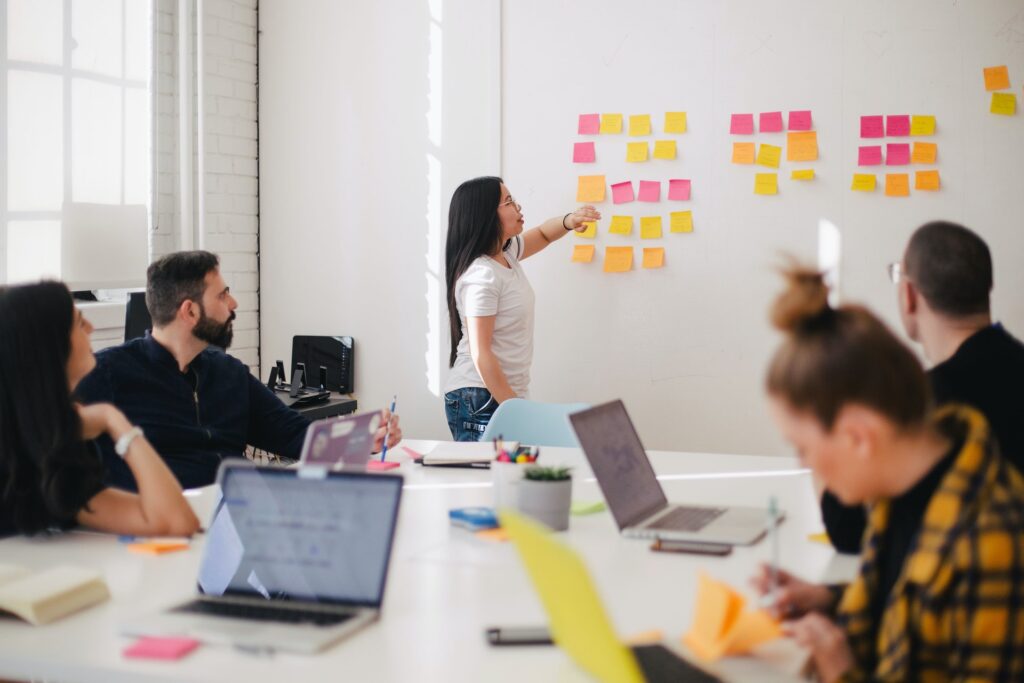Overview
Sravani Tammiraju (the Product Owner for Tech Onboard Solutions at Visa University) and Matt Peters (the Dean of Tech College at Visa University) explained how they redesigned their ILT for a virtual world.
The COVID-19 pandemic has dramatically altered the way many companies deliver new-hire onboarding. At Visa, the onboarding program is a yearlong process called Step Up. One important component of the program is called the Step Up Boot Camp. For five days, learners must design, develop, and prototype a working proof of concept using Visa’s developer platform.
When the pandemic hit, classroom learning was no longer an option. Visa canceled all live in-person classes. One new challenge was to recreate this cohort-based learning and networking experience in a way that didn’t lose the value of the original five-day program.
Going back to the drawing board, Visa needed to deconstruct this classroom program to better understand the key value points and outcomes. By doing so Visa could deliver the same valued learning experience in this new virtual world. Their challenge was to do this in the context of new constraints:
- Release time
- Reduced vendor budget
- Virtual delivery limits due to security reasons
- Learner engagement changes
What once was a 40-hour course spread across 5 days became a 24-hour virtual session that spans 2 ½ weeks. Although risky, Visa chose to repurpose the live classroom content rather than reinvent it. Their focus was to optimize for their new learning platform. Instead of only seeing the challenges, Visa saw it as a fantastic opportunity to establish their digital campus as a valuable learning channel.
Give people time to learn the technology
A lot of the learners were new to video conference tools, like WebEx, which is the technology used for Visa’s virtual classroom. Experience shows there is a steep learning curve whenever someone is trying to use new technology for the first time. Visa University specifically dedicated the first 20-minutes of each virtual course to ensure learners had time to learn how to use the platform.
Visa’s goal with the platform wasn’t just for the learners to understand the most basic aspects but to truly engage with it. They knew engagement would be driven by familiarity with and ease of use of the platform. Visa developed an interactive exercise to help new users become more familiar with the technology. It was a digital blueprint of a home and learners were asked to simply annotate which room they were in.
Repurpose the learning materials to be more interactive
In the classroom gauging people’s true enthusiasm and interest in the content is quite easy. Visa knows true platform engagement is a long game and is more challenging to accomplish in a remote-virtual world. They started by eliminating the classic bulleted list agenda and replaced it with a heat map focused on learner outcomes. Learners were asked to annotate which outcome they expected to get from the course.
This allowed instructors to know which outcomes to focus on with which learner, providing a context-specific engagement. It made the experience more interactive and helped the instructor gather data on the students.
Innovation born of obstacles
Although the pandemic has presented challenges for many businesses, Visa has proven that it also presents an opportunity for innovation. Even when it’s done virtually, quality instructor-led training is possible!

